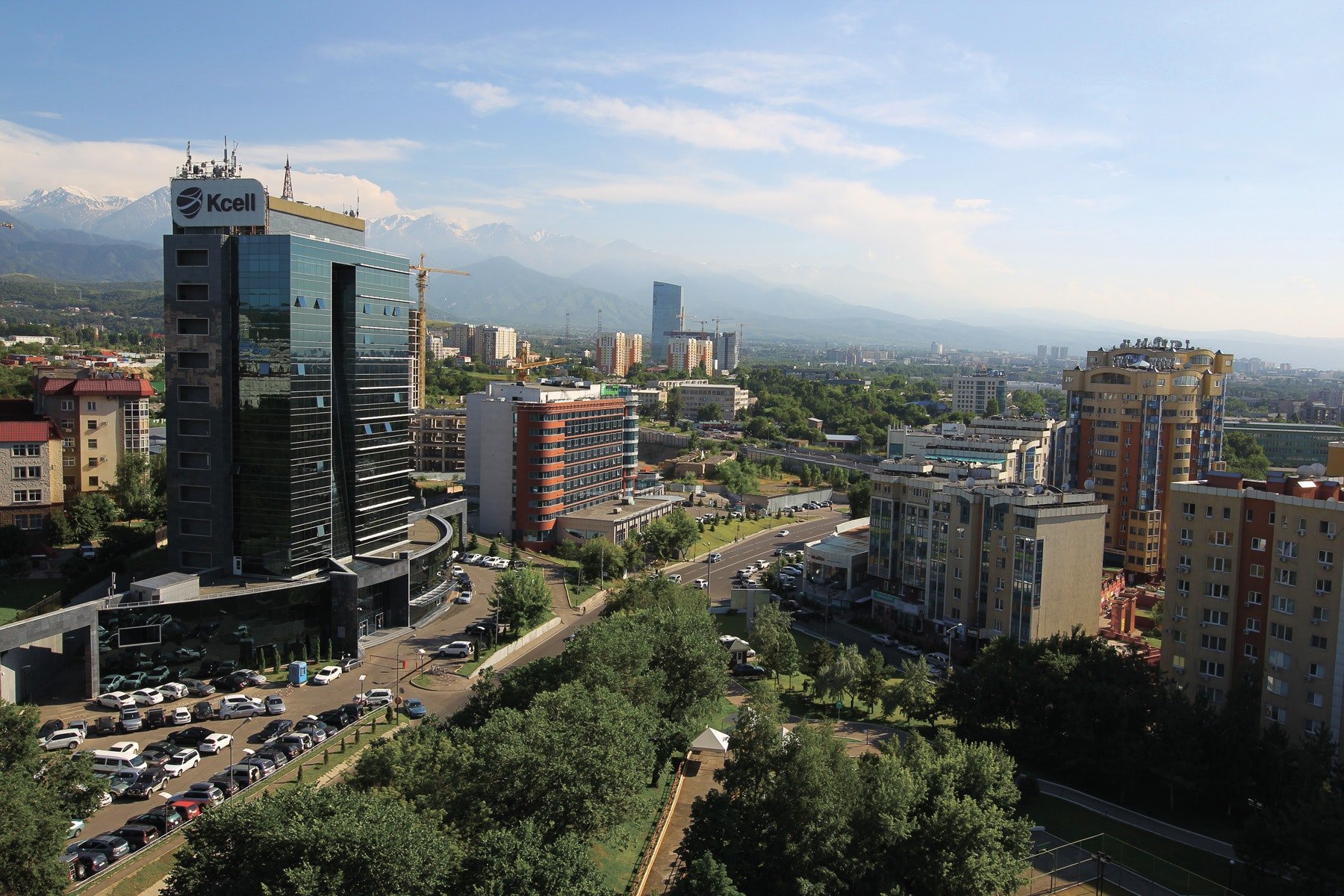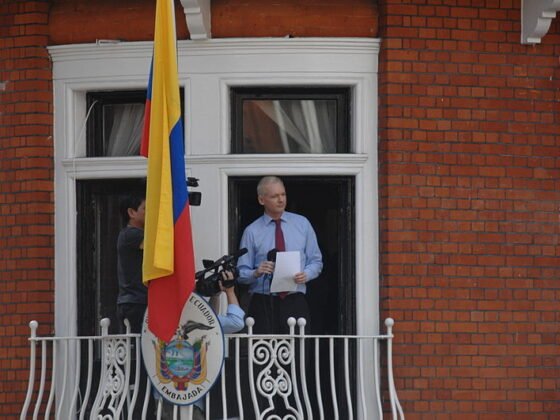(openDemocracy) On 4 February, a house fire in Astana, Kazakhstan’s capital, killed five sisters aged between one and 13. Women campaigning for increased social and financial support for “hero mothers” – as mothers to six or more children are known – pointed to the fire as evidence that the state is failing to help families. Rallies were held on 11 February across Kazakhstan, from Aktobe to Karaganda, from Almaty to Shymkent.
Also in February residents of Zhanaozen, in Mangystau region, protested for work, and protestors in Astana and Almaty were detained during the ruling party Nur Otan congress and at the party office, respectively. In March, after Nursultan Nazarbayev’s resignation from the presidency, people in Almaty, Astana and Uralsk were arrested for protesting interim President Kassym-Jomart Tokayev’s decision to rename the capital Astana into Nur-Sultan, in honour of the outgoing “Leader of the Nation”. […]
In the aftermath of the 2011 clashes, the Kazakh government increased policing in rural areas to monitor anti-government sentiment, according to Erica Marat, professor at the National Defense University in Washington DC and author of a new book on police reform in post-Soviet states. “Post-Zhanaozen massacre, police focus on preempting protests before they can occur, both in rural areas and cities,” Marat told openDemocracy. “This involves a careful study of possible grievances in the population. When protests do occur, police are careful not to use excessive force, but, as often pointed out by analysts, extract the most active members of the public.” […]
Read More © openDemocracy










